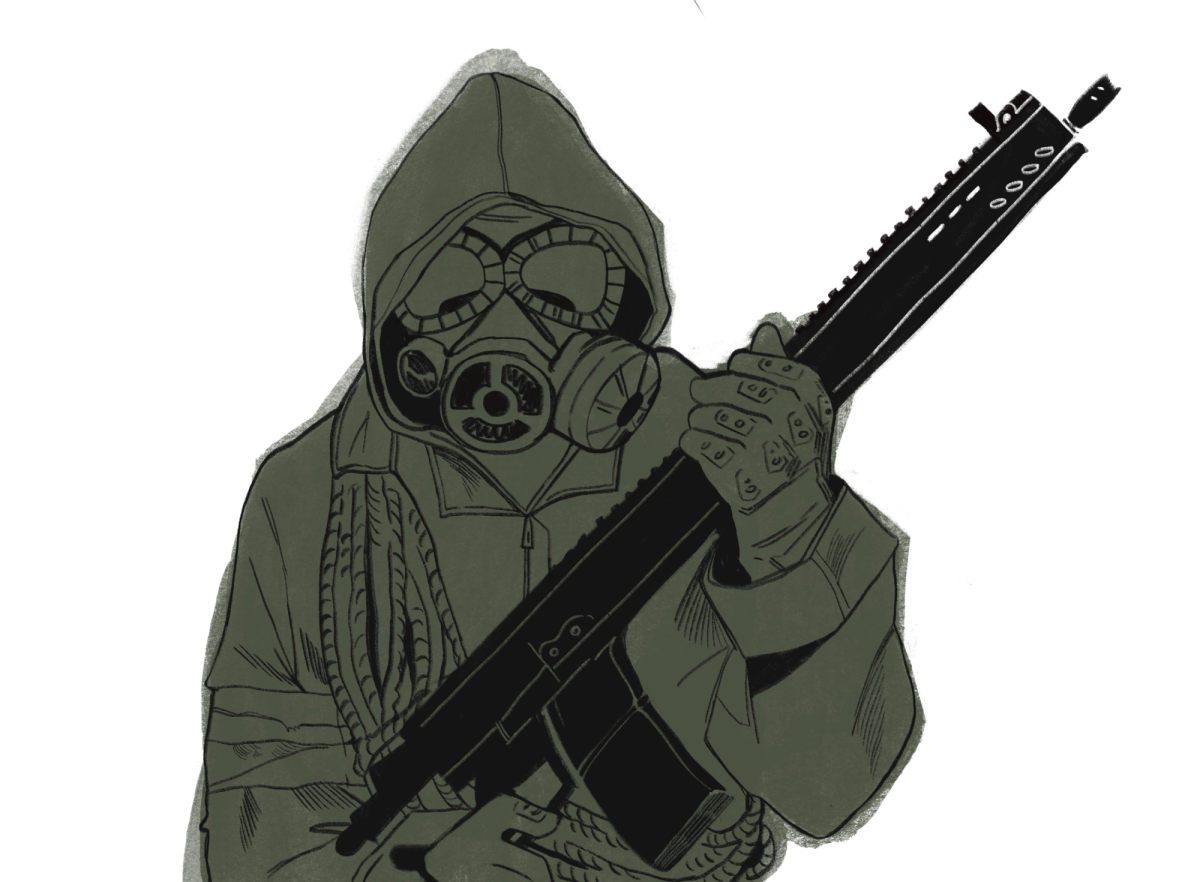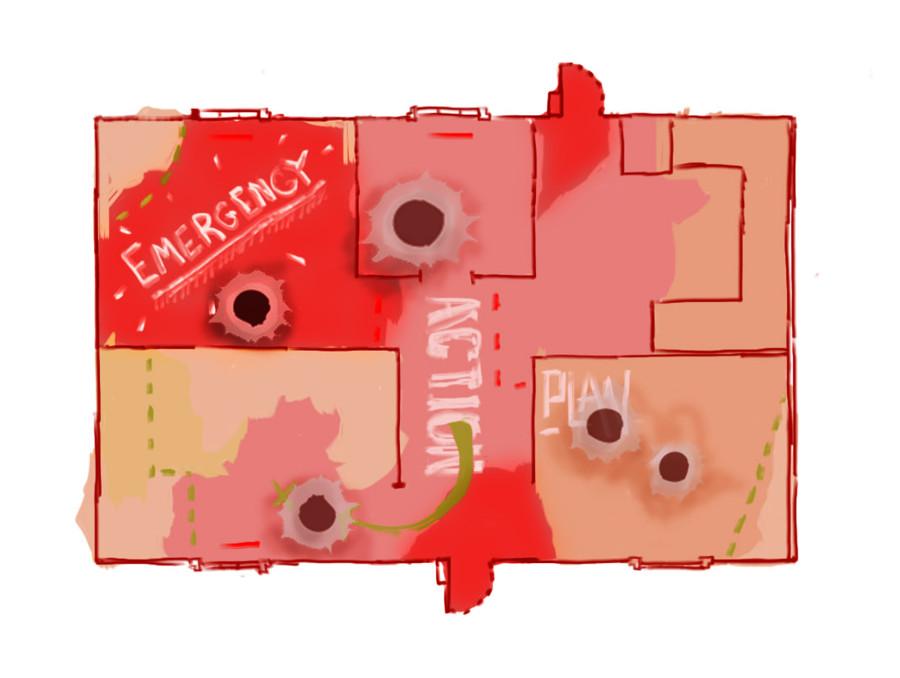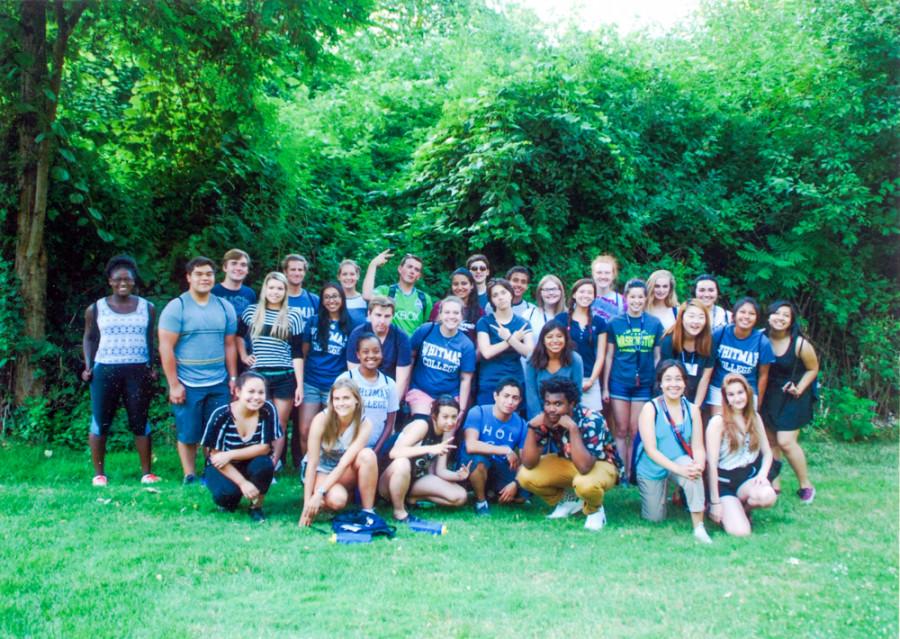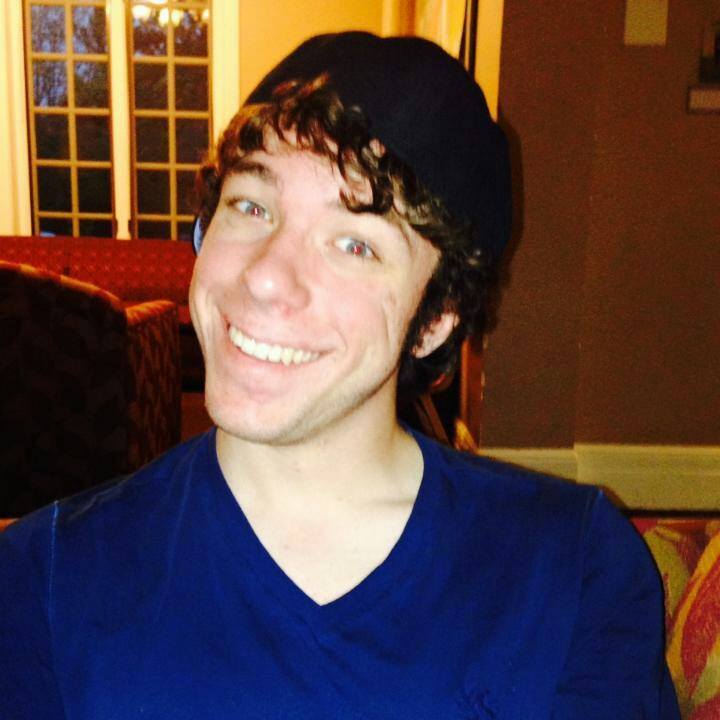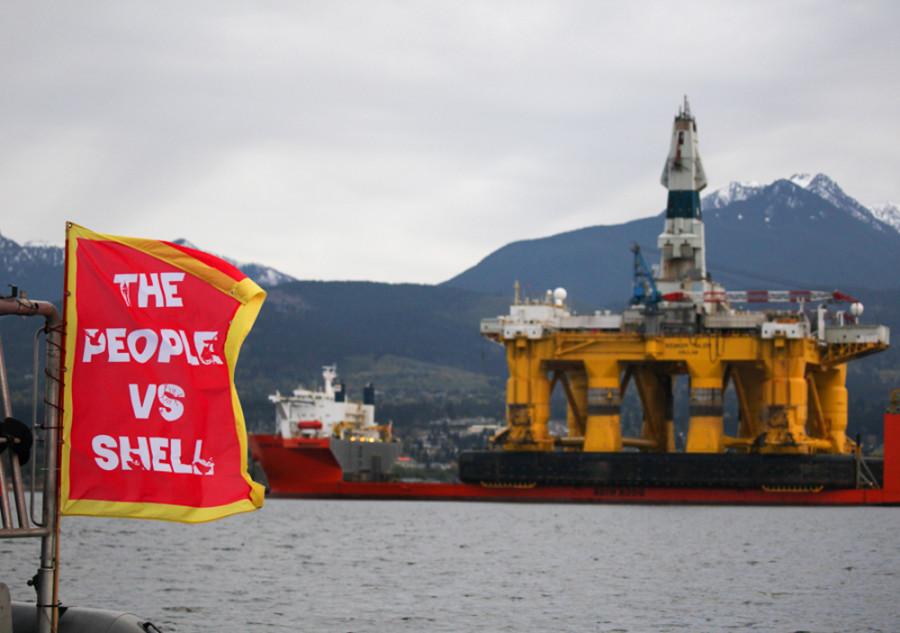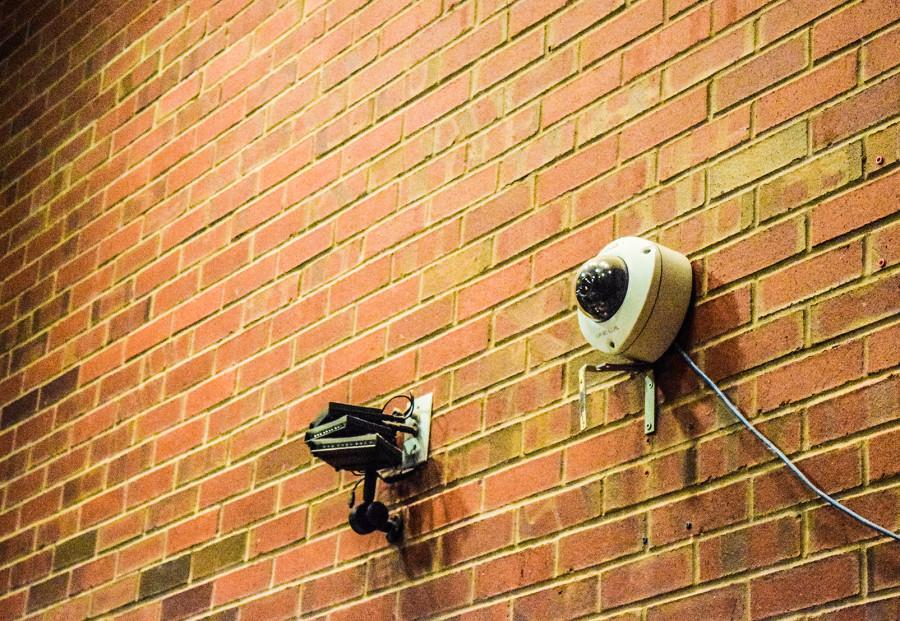Maxey Auditorium played host to a community-led meeting on the Hanford Nuclear Site on Wednesday, April 29. Organized by a collection of advocacy groups involved in the cleanup at Hanford, the event, along with several similar events across the Pacific Northwest, served as a substitute for the Department of Energy’s annual State of the Site meeting, which the department does not plan to hold this year.
The event began with a series of five-minute presentations by representatives of the nonprofits Washington Physicians for Social Responsibility, the Hanford Challenge, Heart of America Northwest and Columbia Riverkeeper, as well as the EPA and Washington Department of Ecology. Afterward, all the presenters took questions as a panel.
The Department of Energy’s meetings, which usually take place in major cities such as Richland, Seattle and Portland, were forgone this year in favor of invitation-only meetings. As such, the groups involved in this meeting, entitled “Hanford: Our Nuclear Neighbor,” made a point to bring the meetings to less central locations across the state, including Spokane and Vancouver. This, according to the organizers, was intended to help democratize the meetings.
“Usually the State of the Site meetings are set up by the Department of Energy, and they kind of have control over the way that they happen,” said Danny Noonan, project manager for the Washington Physicians for Social Responsibility, an anti-nuclear group. “There’s a little bit of room for citizen involvement, but this is the first time that these meetings have been set up by citizen groups.”
The Hanford site, once home to a plutonium finishing plant, now holds over 56 million gallons of nuclear waste and other dangerous chemicals in subterranean tanks. Several of these tanks are now damaged, leading activists and other interested parties to pursue new storage methods. Budgetary constraints have delayed the Department of Energy’s current objective for the site, which involves blending the waste into glass blocks in order to make it more stable. Meanwhile, those involved with the Hanford site have been looking for intermediary steps to contain waste as well as trying to promote worker safety after discovering that workers at the site were frequently exposed to harmful vapors from the tanks.
By virtue of the long half-life of radioactive nuclear waste, the meeting focused heavily on the future and particularly on recruiting a new generation of advocates. One presentation, by Department of Ecology Communications Manager Dieter Bohrmann, gave attendees “10 reasons YOU should get involved with Hanford,” and during the event organizers passed out a survey asking, among other things, how best to communicate with respondents about the site.
“If you look around that table, you can see that it’s an aging group,” said Peggy Maze-Johnson, project manager at Heart of America Northwest. “And I think that we need to have more young people sitting around that table, because as we age and leave this planet, there’s going to be a lot still left for the people who are young now to take over.”
Junior Morrow Toomey, who attended the event as part of Professor of Anthropology Jason Pribilsky’s class entitled Anthropologies of Cancer, appreciated the event’s democratic nature.
“It was really nice to hear from community members and people who really knew what they were talking about in terms of the environment,” said Toomey. “Some really interesting ideas were put out there about what we could possibly do to speed up cleanup or maybe make it less expensive.”







